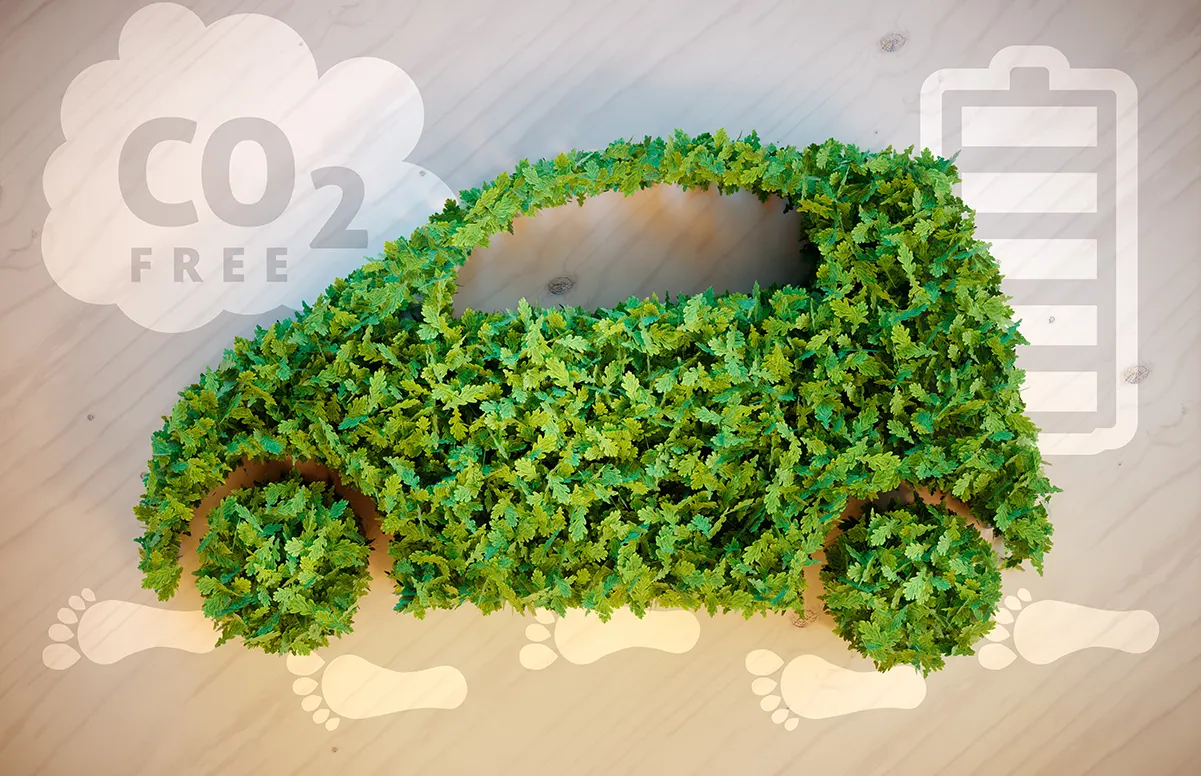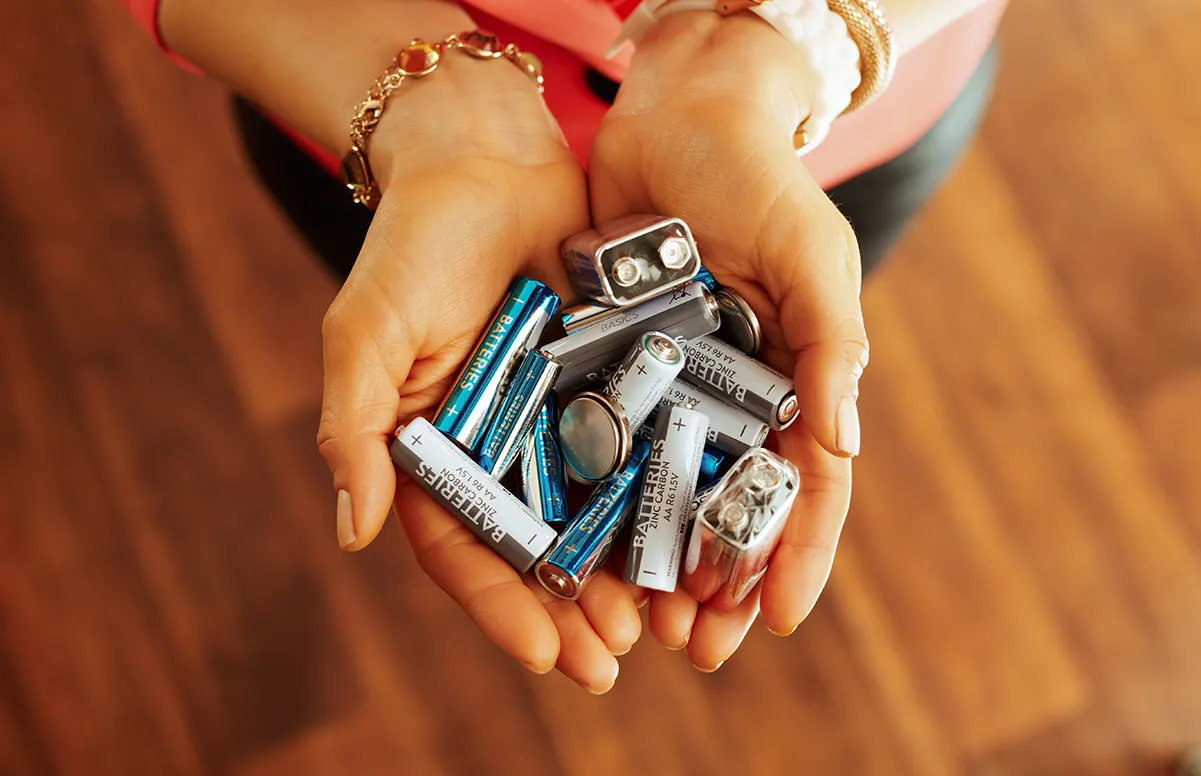Windows of Opportunity: How Transparent Solar Panels are Revolutionising Solar Energy
Imagine the possibilities if every building in the world could become a solar generator.
According to the World Economic Forum, to reach worldwide climate goals, solar and wind need to contribute 70% of global energy by 2050. In 2023 that figure stands at 39%, which, although positive, shows there is still work to be done.
Thanks to the pioneering innovations of Ubiquitous Energy, there is hope that humanity can hit that 70% after all. Ubiquitous Energy, the developer of the patented UE Power™, has created a transparent solar panel technology that has the potential to revolutionise the renewable energy space.
How do Ubiquitous Energy’s transparent solar panels work?
Containing organic salts that absorb a non-visible portion of the solar spectrum, Ubiquitous Energy’s transparent, efficient photovoltaic cells can be added to standard windows during the manufacturing process.
They act like regular windows and allow visible light to enter the room as usual, but the transparent solar coating turns the windows into solar panels.
Michigan State University has installed solar windows in its Biomedical Sciences Building. They provide enough energy to power the building’s large atrium.
What is the potential for transparent solar panels?
Ubiquitous Energy says that if implemented on a large scale, their transparent solar cells could transform global solar capacity. Every building in the world could become a solar generator. This is especially key for urban development’s where there is a lack of space, making it difficult to install regular solar panels. Skyscrapers with all-glass facades would become solar powerhouses of green, clean energy.
The application of this technology doesn’t just end at windows. Ubiquitous Energy’s solar coating can also be added to the screens of smartphones, laptops, and tablets to power the devices without the need to plug them in.
What other advancements are there in solar technology that solve the space issue?
Windows and device screens are not just the only spaces being uniquely utilised to house solar panels. Bodies of water like lakes, reservoirs and coastal areas are increasingly hosting solar farms.
Leading the way is The Netherlands, which has installed a floating island of 180 moving solar panels which actively track the sun. Located on Lake Oostvoornse Meer and named Proteus after the ancient Greek sea god, the floating solar farm has a peak solar capacity of 73 kWp.
Indeed, floating solar technology is booming. The market is expected to grow by 43% in the coming decade, reaching an estimated value of US$ 24.5B by 2031.
MIT engineers have developed innovative fabric solar cells that can easily turn any surface into a power source. Thinner than a human hair, these cells can be glued to fabric. The main application would be in remote locations for assistance in emergencies – for instance, fixed onto tents and tarps that are deployed in disaster recovery operations.
What is the World Economic Forum’s take on scaling solar power?
The WEF has consistently advocated for the transition to renewable energy sources like solar power as a crucial step in mitigating climate change and reducing greenhouse gas emissions.
If we are to reach the net zero goal by 2050, annual additional PV power output must at least quadruple by 2030, according to the IEA. Crucial to the growth of the solar industry is the expansion of supply chains, which the WEF recognises as an urgent priority.
To scale demand, the WEF recommends the expansion of Gigafactories through international partnerships and national and supranational funds. To reduce the need for raw materials, the WEF also suggests recycling materials and producing devices and components that should be intended right from the design stage with a plan to be reused.
www.weforum.org
Windows of Opportunity: How Transparent Solar Panels are Revolutionising Solar Energy
Imagine the possibilities if every building in the world could become a solar generator.
According to the World Economic Forum, to reach worldwide climate goals, solar and wind need to contribute 70% of global energy by 2050. In 2023 that figure stands at 39%, which, although positive, shows there is still work to be done.
Thanks to the pioneering innovations of Ubiquitous Energy, there is hope that humanity can hit that 70% after all. Ubiquitous Energy, the developer of the patented UE Power™, has created a transparent solar panel technology that has the potential to revolutionise the renewable energy space.
How do Ubiquitous Energy’s transparent solar panels work?
Containing organic salts that absorb a non-visible portion of the solar spectrum, Ubiquitous Energy’s transparent, efficient photovoltaic cells can be added to standard windows during the manufacturing process.
They act like regular windows and allow visible light to enter the room as usual, but the transparent solar coating turns the windows into solar panels.
Michigan State University has installed solar windows in its Biomedical Sciences Building. They provide enough energy to power the building’s large atrium.
What is the potential for transparent solar panels?
Ubiquitous Energy says that if implemented on a large scale, their transparent solar cells could transform global solar capacity. Every building in the world could become a solar generator. This is especially key for urban development’s where there is a lack of space, making it difficult to install regular solar panels. Skyscrapers with all-glass facades would become solar powerhouses of green, clean energy.
The application of this technology doesn’t just end at windows. Ubiquitous Energy’s solar coating can also be added to the screens of smartphones, laptops, and tablets to power the devices without the need to plug them in.
What other advancements are there in solar technology that solve the space issue?
Windows and device screens are not just the only spaces being uniquely utilised to house solar panels. Bodies of water like lakes, reservoirs and coastal areas are increasingly hosting solar farms.
Leading the way is The Netherlands, which has installed a floating island of 180 moving solar panels which actively track the sun. Located on Lake Oostvoornse Meer and named Proteus after the ancient Greek sea god, the floating solar farm has a peak solar capacity of 73 kWp.
Indeed, floating solar technology is booming. The market is expected to grow by 43% in the coming decade, reaching an estimated value of US$ 24.5B by 2031.
MIT engineers have developed innovative fabric solar cells that can easily turn any surface into a power source. Thinner than a human hair, these cells can be glued to fabric. The main application would be in remote locations for assistance in emergencies – for instance, fixed onto tents and tarps that are deployed in disaster recovery operations.
What is the World Economic Forum’s take on scaling solar power?
The WEF has consistently advocated for the transition to renewable energy sources like solar power as a crucial step in mitigating climate change and reducing greenhouse gas emissions.
If we are to reach the net zero goal by 2050, annual additional PV power output must at least quadruple by 2030, according to the IEA. Crucial to the growth of the solar industry is the expansion of supply chains, which the WEF recognises as an urgent priority.
To scale demand, the WEF recommends the expansion of Gigafactories through international partnerships and national and supranational funds. To reduce the need for raw materials, the WEF also suggests recycling materials and producing devices and components that should be intended right from the design stage with a plan to be reused.






